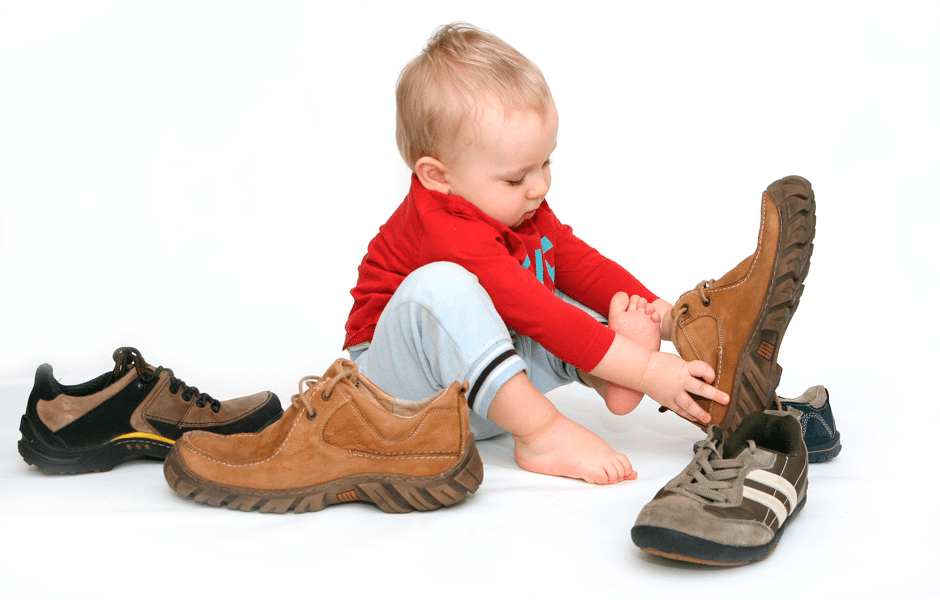Guiding Your Baby Through His First Steps
Seeing your child’s first steps is definitely one of those milestones where you finally feel like a real parent. However, the road to this development can be a bumpy one, with a lot of things that you can become anxious about. So, Baby Insider has put up this guide to help you lead your baby through this stage.
Knowing your baby’s walking timeline
While your baby making his first steps is definitely the biggest milestone is his motor development, there are actually many smaller developments that precede this. Paying close attention to these will help you determine whether your child is indeed progressing correctly.
The first important mini-milestone is actually present from birth to his 2nd month. Here, he has the so-called step reflex, wherein he seemingly makes walking motions when put standing on a hard surface. This fades away by the second month and is followed by him doing mini-pushups, where he tries to lift his chest and head up using his arms when lying on his tummy. This helps build his arm strength and lasts until the 4th month.
By his fifth month, he starts to bounce up and down when held in a standing position. As is with the previous developments, this helps build up his leg strength. He also learns to lean forward on his arms for support when seated.
During the third quarter of his first year (6 to 9 months), your baby learns how to sit unsupported. This is crucial as the head control, neck strength, balance, and coordination gained here are also important for walking. He is also able to stand when holding onto supports. He also soon learns to cruise, or slide his feet and reach to another support.
Another important milestone at this stage is crawling. Here, he learns to move his arms and legs together, which is important in coordinating them when walking. However, it should be noted that some children actually get to skip this stage and proceed directly to learning how to walk.
During the last quarter (9-12 months), your baby will be able to pull himself up to a standing position while grabbing onto supports. He is also able to stand unsupported for a few seconds. At this point, he takes his first true walking steps while holding your hand.
Aiding and encouraging your baby to walk
In most cases, your child will be able to learn to walk by himself. However, this is going to be a gradual process. Usually, he will spend about a thousand hours practicing to walk once he is able to pull himself upright. However, you can actually encourage his development early on.
To start off, you should know that one of the most important requirements for walking is strong back muscles. He develops this by lifting his head up when lying on his tummy. To get him more motivated, you can put some colorful and interesting toys just above his reach,
Once he starts knowing how to sit, you can begin training his balance. Do this by rolling a ball in front of him or by moving a toy from side to side in his view. This will encourage him to lean towards the direction of the object while also helping develop his muscles and stimulate better hip control.
When he begins to stand, you can train him by making him walk in front of you while you’re holding his hands. From there, you can periodically let go of one hand to let him experience balancing himself. Once he begins to cruise, be sure to closely follow him and catch him should he fall.
Getting him shoes
Once he starts walking, he won’t stop and would often beg you to take him out. This is where buying a good pair of shoes becomes a must. Here are some quick tips when shopping for his shoes.
- Don’t shop in the morning. Just like adults’ feet, your baby’s feet expands through the day. Thus, it would be better to buy shoes in the afternoon when his feet are at their largest.
- Fit the shoe when your child is standing. You can determine if there is enough room in front of the shoe for his toes to move by pressing your thumb in between the end of his toes and the tip of the shoes and then checking if there is just enough room in the heel to squeeze your pinkie in.
- Let him walk around in the shoes for five minutes, then remove them. If your baby’s feet show irritated spots, choose another shoe.
- Since your child’s feet grows rapidly, be sure to check for fit every month and buy a new pair as needed.
Some safety precautions
As your child will be constantly moving from the time he starts crawling, you should child-proof your house immediately
- Remove any furniture that can topple easily from his path.
- Put away cords, rugs, and scattered toys that he might trip or slip on
- Cover all sharp edges of furniture. In case you can’t do that, move them to another place instead.
- Install safety gates on the top and bottom of stairs.
- Put any harmful substance beyond his reach.
- Be sure to constantly keep an eye on him.



